pectus excavatum baby causes
This causes the sternum to grow inward. Also known as sunken chest or funnel chest pectus excavatum can be corrected with the minimally invasive surgical technique called the Nuss.

Full Shot And Limbs At The Age Of 9 Years A Evidence Of Pectus Download Scientific Diagram
Moderate-to-severe cases can cause.

. Pectus excavatum is due to too much growth of the connective tissue that joins the ribs to the breastbone sternum. The condition affects more boys than girls. Sometimes the deformity isnt noticeable until after the adolescent growth spurt.
Pectus excavatum baby causestext to speech software linux. Estimates vary but pectus excavatum or funnel chest is thought to occur in one of every 600 to 2000 newborns. It results in a deformed chest with the sternum breastbone sunk into the chest.
It is caused when several ribs and the sternum grow abnormally which produces a caved-in or sunken appearance of the chest. Bracing for pectus carinatum works similar to the way braces work on teeth. Some studies investigating a genetic component are underway.
On the rPectusExcavatum forum many of us with pectus excavatum have PoTS. If pectus carinatum is causing symptoms there are two treatment options. The cause of pectus excavatum is unknown.
We are not sure what causes ribcage problems but it seems to be linked to the cartilage in the ribcage overgrowing. Pectus excavatum is usually congenital present at birth and can get worse. The deformity can result in increased pressure on the heart and lungs during the growing period.
Pectus excavatum is a condition acquired at the time of birth. The brace is worn around the chest and provides pressure from both the front and back to move the breastbone back to its usual position. There is no known cause for pectus excavatum.
The condition can be mild or severe. Among all diseases that affect the appearance of chest wall this one is the most common. For most children and teens the main issue with pectus carinatum is the way it.
Pectus excavatum a deformity of the sternum and ribs caused by an unbalanced costochondral hypertrophy is a congenital abnormality with a prevalence of 1 per 1000 patients. Pectus carinatum is an uncommon birth defect in which a childs breastbone protrudes outward abnormally. Pectus excavatum ou entonnoir ou poitrine enfoncée survient chez les enfants et les adultes.
Aperçu Pectus Excavatum et la. Both or just one side of the breastbone may be affected. It occurs mostly in boys and frequently more members in a family are affected.
Pectus excavatum is a condition acquired at the time of birth. Pectus excavatum is a congenital chest wall deformity that is caused by growth abnormality of the cartilage that connects the ribs to the breastbone sternum. Pectus excavatum sometimes called cobblers chest sunken chest or funnel chest is the most common chest deformity affecting between 1 in 300 and 1 in 500 adolescents.
Pectus excavatum is an abnormal development of the rib cage in which the sternum breastbone grows inward resulting in a noticeable and sometimes severe indentation of the chest wall. Women With Pectus Excavatum and PoTS. This causes a depression in the chest that can range from mild to severe.
It can also develop in a baby after birth. Asymmetrical shapes of the deformity are. The child wears the brace for up to 24.
Généralement remarqué pour la première fois au début de ladolescence il peut être corrigé par des chirurgies ouvertes peu invasives ou traditionnelles. This comprehensive book covers all you need to know about this condition and covers causes tests and treatment options including surgical and non-surgical treatments. Pectus excavatum is caused by the abnormal growth in the chest of the connective tissues cartilage that attach the breastbone sternum to the ribs.
What is pectus excavatum. Although the majority of cases dont involve a family history there are many that do enough to warrant suspicion that genes may play a significant role. Shortness of breath with exercise Trouble breathing when playing certain musical instruments like brass or woodwind Concern with body image.
Pectus excavatum affects about one in 1000 children and is four times as common in boys as in girls. It results in a deformed chest with the sternum breastbone sunk into the chest. It probably originates from a genetic defect that results in abnormal musculoskeletal growth.
What causes pectus excavatum. 9 April 2022. Pectus Excavatum in Babies.
This causes a depression of the sternum and the chest has a sunken in or funnel chest appearance. It is caused by an overgrowth of cartilage between the sternum and the ribs which. Estimates vary but pectus excavatum or funnel chest is thought to occur in one of every 600 to 2000 newborns.
Pectus excavatum occurs in a baby who is developing in the womb. Also many women with PoTS were unaware that they had pectus excavatum until early adulthood or late teenage years. 1 2 Pectus excavatum may be associated with connective tissue disorders such as Marfan and.
Ses symptômes peuvent affecter les personnes physiquement et psychologiquement. Recent studies revealed that pectus excavatum in babies may be genetic. It is caused by an overgrowth of cartilage between the sternum and the ribs which causes the bone to turn inward.
This makes a lot of sense as the symptoms of pectus excavatum generally get worse during this period.

Congenital Deformities O F The Thoracic Cage Pectus Excavatum Pectus Excavatum Is Also Called Funnel Chest Chonec Thoracic Cage Thoracic Pectus Excavatum

Patient 2 Note Cafe Au Lait Spots Pectus Excavatum Widespaced Download Scientific Diagram

Pectus Excavatum Ottawa Citizen
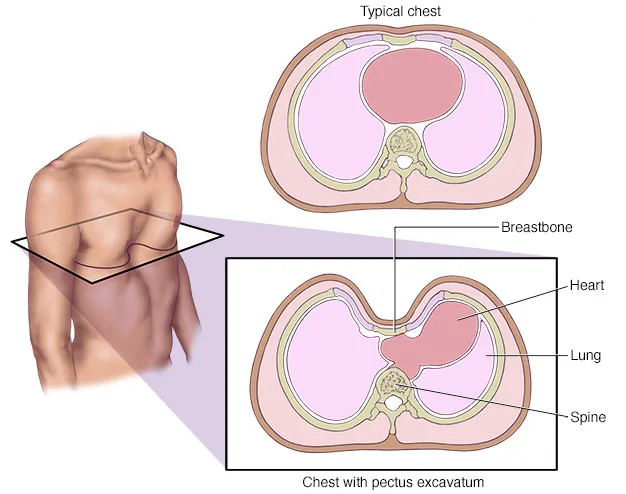
Pectus Excavatum Chest Wall Deformities Child Heart Specialist

Pectus Excavatum Vacuum Bell Device Johns Hopkins All Children S Hospital
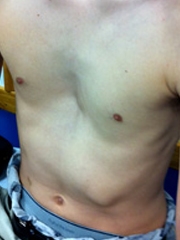
Pectus Excavatum Children S Hospital Of Philadelphia

Pectus Excavatum Symptoms Treatments And Complications

Strength Training With Pectus Excavatum Wasserman Strength

Pectus Excavatum Edmonton Journal
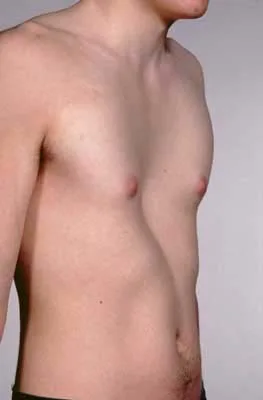
Pectus Excavatum Chest Wall Deformities Child Heart Specialist
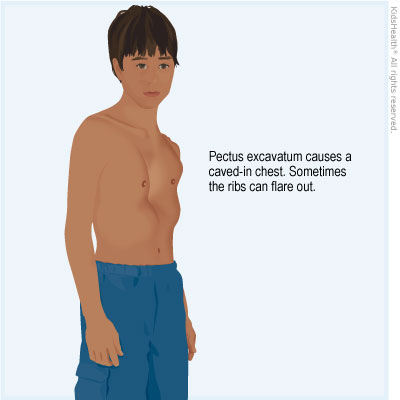
Chest Wall Disorder Pectus Excavatum For Parents Norton Children S
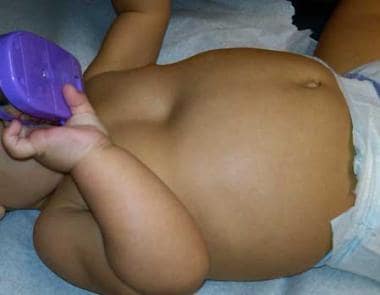
Nuss Procedure For Pectus Excavatum Background Indications Contraindications

Pectus Excavatum Chest Wall Stanford Children S Health
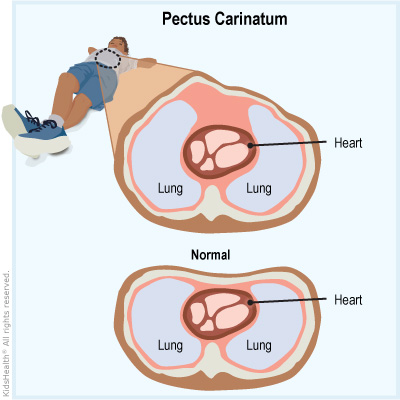
Chest Wall Disorder Pectus Carinatum For Parents Norton Children S

Pectus Excavatum From A Pediatric Surgeon S Perspective Abstract Europe Pmc

Pectus Excavatum Symptoms Treatments And Complications
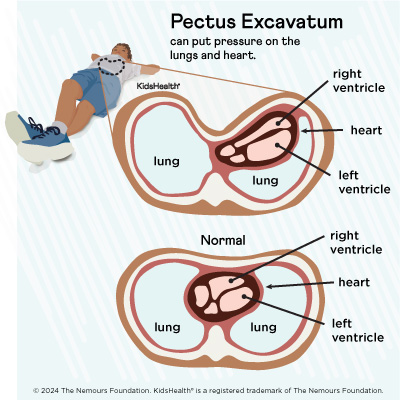
Chest Wall Disorder Pectus Excavatum For Parents Norton Children S

/GettyImages-955109626-4b3292cc1af6404d8e85bd1145bd1193.jpg)